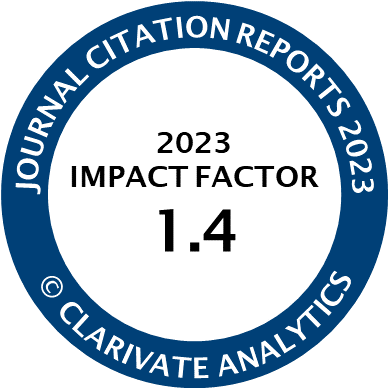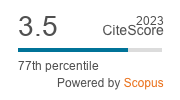Article | Open Access
Regional Disparities, Geographical Marginality, and Educational Pathways: A Study on Upper Secondary Education in Italy
| Views: | 20 | | | Downloads: | 8 |
Abstract: This study examines the role of geographical location for educational outcomes in Italy, analysing variations between “central” and “marginal” areas in high school enrolment, dropout rates, and academic track placement. Drawing on data from the Italian Labour Force Survey (2005–2014) and INVALSI (2017–2018 and 2018–2019), the findings indicate that geographical marginality is only moderately associated with educational outcomes, especially in comparison to the more pronounced South–North divide. The analysis of non‐enrolment reveals notable regional variations. In marginal areas of the North, non‐enrolment in five‐year secondary programmes is often offset by a higher prevalence of enrolment in three‐year vocational schools. Conversely, the findings suggest a “protective effect” of marginality in southern regions, where students in marginal areas exhibit lower dropout rates and a higher likelihood of enrolling in the academic track compared to their peers in central areas. The results indicate that in the South, geographical marginality accentuates the dichotomy between non‐enrolment and academic track enrolment, particularly favouring the choice of enrolling in a lyceum over other options.
Keywords: geographical inequalities; geographical marginality; inequality of educational opportunities; Italy; tracking; upper secondary education
Published:
Issue:
Vol 13 (2025): The Role of Contexts in the Educational and Employment Transitions and Pathways of Young People (In Progress)
Supplementary Files:
© Stefano Cantalini, Nazareno Panichella, Andrea Pietrolucci, Moris Triventi. This is an open access article distributed under the terms of the Creative Commons Attribution 4.0 license (http://creativecommons.org/licenses/by/4.0), which permits any use, distribution, and reproduction of the work without further permission provided the original author(s) and source are credited.




